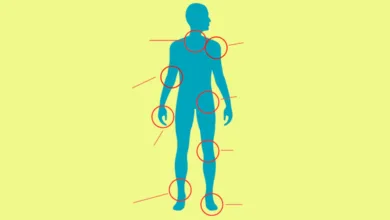Discover Why Savasana is the Most Challenging Yoga Pose

What is the most difficult yoga posture, according to yoga experts? Is it one of those deep backbends, or a powerful twist? Perhaps it’s a core-challenging balance pose, or maybe a deep hip opener? Actually, it is savasana or corpse pose. You lie on your back in stillness (like a dead person).
Wait a minute — how can that be difficult?
While there is corpse-like stillness in savasana, the pose is not just absence of motion, but rather a stillness with focused awareness.
Usually held for ten minutes at the end of a yoga class, savasana encourages the gentle release of any thoughts that are outside of the very present moment. And that is precisely why it is difficult.
For those whose lives are hectic and over-scheduled, or who are prone to anxiety, focusing on the present may seem daunting, or downright annoying. If you are a multi-tasker or constant thought processor, you may notice thoughts about the grocery list or an earlier conversation sneak in. This is all normal. Your yoga teacher will help you keep your awareness on the present with a guided body scan that quiets your mind. Because it calms the nervous system, a regular savasana practice helps suppress fight-or-flight tendencies that can keep our bodies feeling stressed. It also is known to lower blood pressure, relieve insomnia and increase feelings of well-being.
You don’t have to wait for a yoga class to practice savasana. Here are steps to help make it meaningful:
- Ensure you will have at least ten minutes of undisturbed quiet.
- Recline on the floor or on a bed, making yourself as comfortable as possible with blankets, neck rolls or an eye pillow. Prop your knees on a pillow or bolster if you need back relief.
- Release your arms from your side, with palms up, or rest your hands on your belly. Allow your toes to flop out.
- Keep your eyes gently closed, or opened with a soft focus.
- Once you are comfortable and still, just observe. Mindfully focus on your breath, your body or the sounds around you.
- When stray thoughts enter your mind (and they will), simply acknowledge what they are, without judgment, then gently release them as you bring your attention to your next in-breath. Repeat as needed.
Once you make savasana a habit, you may find it is your favorite yoga pose, welcoming its power to deeply relax your body, calm your mind, and promote a deep spiritual connection.






